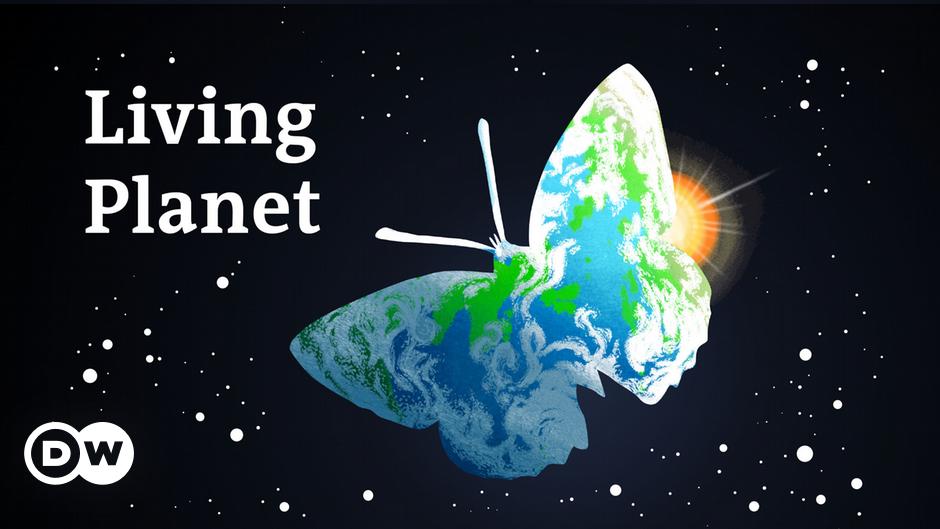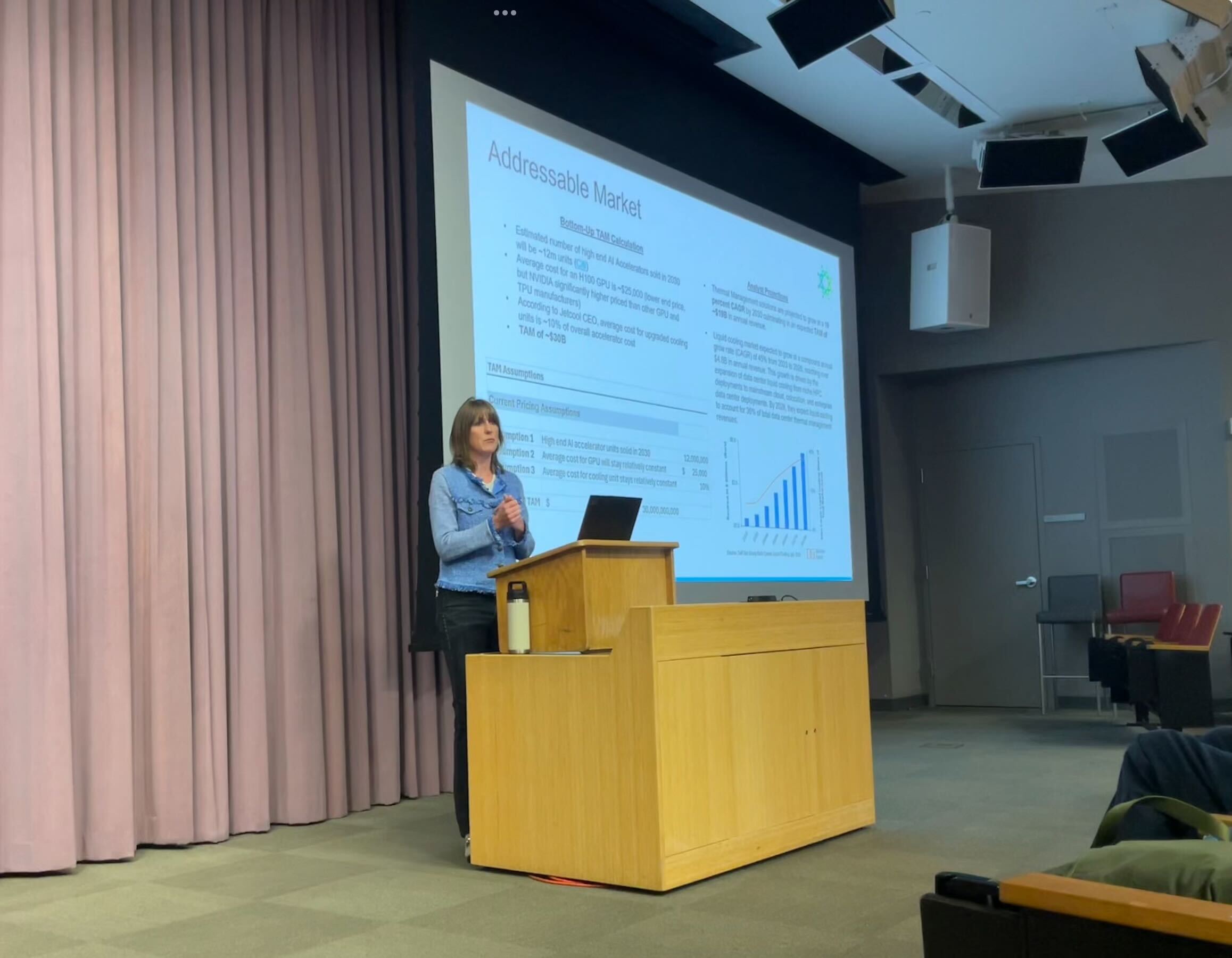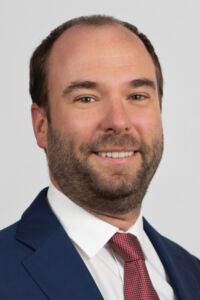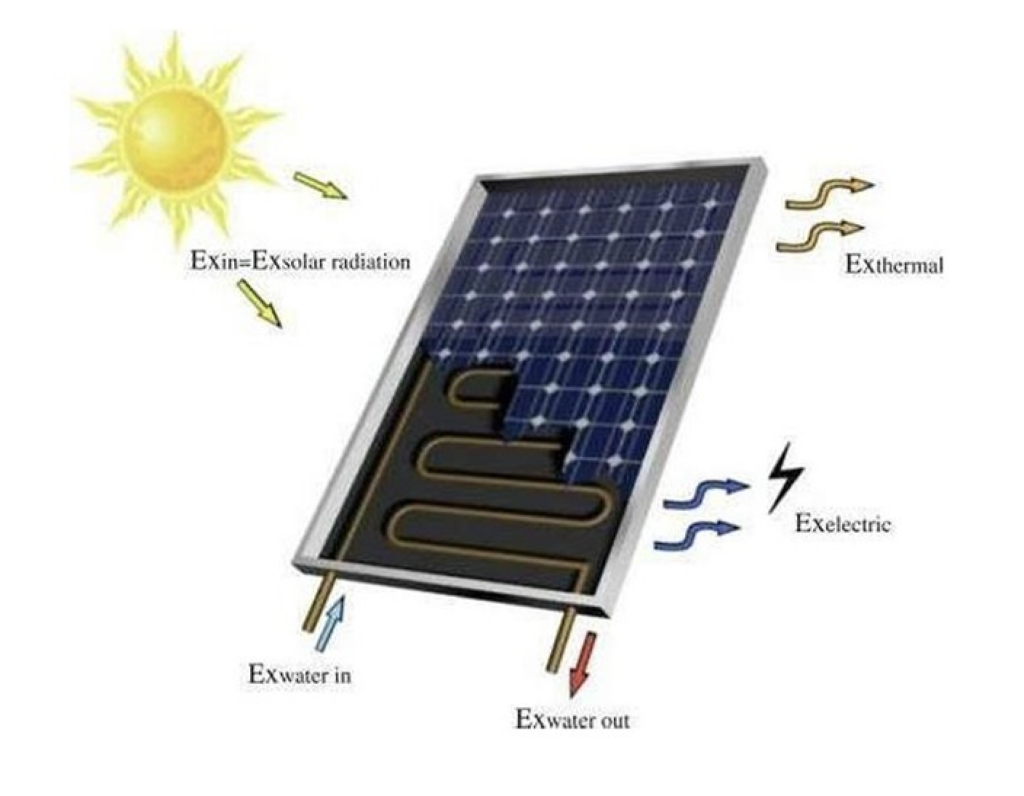Deserted: Why solar power fails where it should shine – DW

Report on Morocco’s Renewable Energy Transition and its Alignment with Sustainable Development Goals
Introduction: The Noor Ouarzazate Solar Complex
- Location: Ouarzazate, Morocco, approximately 200km southeast of Marrakech.
- Technology: The facility is a concentrated solar power (CSP) plant, utilizing 2 million mirrors to reflect sunlight onto a 247-meter central tower, heating molten salt to generate electricity.
- Capacity: The Noor plant produces sufficient energy to power over one million Moroccan homes.
- Significance: This installation is a flagship project in Morocco’s national strategy to advance its renewable energy sector and contribute to the achievement of global Sustainable Development Goals (SDGs).
SDG 7: The Pursuit of Affordable and Clean Energy
- National Targets: Morocco has established ambitious goals for its energy sector.
- Achieve 52% renewable electricity generation by 2030.
- Reach 70% clean power capacity by 2050.
- Phase out coal power entirely by 2040.
- Current Status and Challenges:
- Despite progress, Morocco remains heavily dependent on imported fossil fuels, which constitute 90% of its energy needs. Coal alone accounts for 48% of the country’s energy-related greenhouse gas emissions.
- A significant gap exists between potential and actual clean energy use. While renewable technology for 46% of electricity generation is in place, grid and storage limitations meant only 26% was utilized in the last year.
- Affordability Gaps:
- The goal of affordable energy for all remains a challenge. Electricity costs are prohibitive for many local residents, with reports of households in Ouarzazate spending up to 20% of the median income on power.
- Promised benefits of cheaper electricity for communities adjacent to the Noor plant have not been realized.
SDG 13: Climate Action in a Vulnerable Region
- Climate Vulnerability:
- Morocco is acutely vulnerable to the impacts of climate change, currently experiencing a severe drought that has lasted for seven years.
- Extreme heat is becoming more common, with temperatures in the Ouarzazate region regularly exceeding 40°C. Since the 1970s, the number of hot days and nights in North Africa has approximately doubled.
- Mitigation Efforts:
- The nation’s shift toward solar and wind power represents a direct climate action strategy aimed at reducing reliance on fossil fuels.
- This transition is particularly notable given that the entire African continent has contributed only 3% of historical greenhouse gas emissions.
Socio-Economic Impacts: Challenges to SDG 8 and SDG 10
- Decent Work and Economic Growth (SDG 8):
- The high cost of energy imports places a significant strain on the national budget, diverting funds that could be invested in public services, infrastructure, and job creation.
- The Noor mega-project has not generated the anticipated long-term local employment. Job opportunities were largely confined to the initial construction phase, failing to provide sustained economic benefits to the community.
- Reduced Inequalities (SDG 10):
- A strong sentiment of exclusion exists among local communities, with an estimated 70% of residents near the Noor plant feeling that they have not benefited from the project.
- Reports indicate a lack of meaningful consultation with local populations during the project’s development.
- The construction of the plant led to the displacement of approximately 8,000 villagers from their collective pasture lands in 2010, further entrenching local inequalities.
Environmental Concerns: The Nexus of SDG 6 and SDG 7
- Water Scarcity (SDG 6):
- Morocco is classified among the top 30 countries globally most at risk of water shortages.
- The CSP technology at the Noor plant is highly water-intensive, requiring an estimated 3 million cubic meters of water annually to clean its mirrors.
- This level of consumption puts additional pressure on the region’s diminishing water resources, including a local lake that serves as the primary source for three cities as well as the plant itself.
- Balancing Energy and Water Goals:
- The selection of a water-intensive energy technology in a drought-prone area highlights a potential conflict between achieving SDG 7 and SDG 6, raising concerns about the project’s overall environmental sustainability.
Technical and Financial Hurdles: The Role of SDG 17
- Financial Barriers:
- The most significant impediment to Morocco’s clean energy transition is financial. Substantial upfront capital is needed to upgrade grid capacity, invest in energy storage technology, and expand renewable generation facilities.
- The scale of investment required is immense; one study estimates that creating a fully renewable energy system across Africa would cost approximately $7.3 trillion.
- Partnerships for the Goals (SDG 17):
- Morocco and other developing nations cannot fund this transition independently and require financial assistance and investment from wealthier countries.
- This need is underscored by the concept of climate debt, with one study calculating that industrialized nations owe the developing world $192 trillion in compensation for their disproportionate contribution to historical emissions.
- Technical Deficiencies:
- A critical technical issue is the inability to transmit all the renewable power being generated.
- Insufficient investment in the national grid and energy storage solutions creates bottlenecks, preventing clean power from reaching consumers and displacing fossil fuel-based generation effectively.
1. Which SDGs are addressed or connected to the issues highlighted in the article?
The article on Morocco’s Noor solar power plant and its energy transition touches upon several interconnected Sustainable Development Goals (SDGs). The analysis reveals connections to the following goals:
- SDG 6: Clean Water and Sanitation – The article highlights the severe water stress in Morocco, the ongoing drought, and the significant water consumption of the Noor plant’s concentrated solar power (CSP) technology.
- SDG 7: Affordable and Clean Energy – This is the central theme of the article, focusing on Morocco’s ambitious renewable energy goals, the development of the Noor solar plant, and the challenges of energy affordability and access for local populations.
- SDG 8: Decent Work and Economic Growth – The article discusses the lack of job creation for the local community from the Noor project, contrasting the promise of economic benefits with the reality of continued unemployment.
- SDG 9: Industry, Innovation and Infrastructure – The need for significant investment in Morocco’s energy infrastructure, including grid capacity, storage technology, and transmission lines, is a key issue discussed.
- SDG 10: Reduced Inequalities – The article exposes the inequalities between the national-level benefits of the mega-project and the negative impacts on the local community, who feel left out and unheard. It also touches on the global inequality regarding climate responsibility and finance.
- SDG 11: Sustainable Cities and Communities – Issues such as the lack of public transport, the displacement of communities for the plant’s construction, and the high cost of living in Ouarzazate are relevant to this goal.
- SDG 13: Climate Action – The entire context of Morocco’s shift from fossil fuels to renewable energy is driven by the need to combat climate change, reduce greenhouse gas emissions, and adapt to climate impacts like rising temperatures and drought.
2. What specific targets under those SDGs can be identified based on the article’s content?
Based on the issues discussed in the article, the following specific SDG targets can be identified:
SDG 7: Affordable and Clean Energy
- Target 7.1: By 2030, ensure universal access to affordable, reliable and modern energy services. The article directly addresses this by highlighting that electricity is “expensive” for locals, costing a household of four 1000 dirhams a month out of a median income of 5000 dirhams, indicating a lack of affordability.
- Target 7.2: By 2030, increase substantially the share of renewable energy in the global energy mix. Morocco’s national plan to “power its economy with 52% renewable electricity” by 2030 is a direct alignment with this target.
- Target 7.a: By 2030, enhance international cooperation to facilitate access to clean energy research and technology… and promote investment in energy infrastructure and clean energy technology. The article emphasizes that Morocco “needs help from wealthier nations” and that the “biggest barrier is financial,” pointing to the necessity of international investment to achieve its transition.
SDG 13: Climate Action
- Target 13.2: Integrate climate change measures into national policies, strategies and planning. Morocco’s pledge to “phase out coal power entirely by 2040” and its overall clean energy transition plan are examples of integrating climate measures into national strategy.
SDG 6: Clean Water and Sanitation
- Target 6.4: By 2030, substantially increase water-use efficiency across all sectors and ensure sustainable withdrawals and supply of freshwater to address water scarcity. The article highlights a conflict with this target, noting that the Noor plant’s technology is “really water intensive,” consuming about 3,000,000 m³ of water annually in a region experiencing a seven-year drought and facing a “shrinking lake.”
SDG 8: Decent Work and Economic Growth
- Target 8.3: Promote development-oriented policies that support productive activities, decent job creation, entrepreneurship, creativity and innovation. The article indicates a failure to meet this target at the local level, as locals were “promised jobs… that never came” and “only a few people got jobs out of it.”
SDG 10: Reduced Inequalities
- Target 10.2: By 2030, empower and promote the social, economic and political inclusion of all. The article points to a lack of inclusion, stating that “local communities generally don’t get much of a say and don’t get a lot of consultation process,” and that 70% of locals feel “unhappy with it and feel left out.”
SDG 9: Industry, Innovation and Infrastructure
- Target 9.1: Develop quality, reliable, sustainable and resilient infrastructure… with a focus on affordable and equitable access for all. The article explains that Morocco “still needs to invest in its grid capacity” and “storage technology” because there is a “discrepancy between what Morocco is capable of producing and between what is actually being used,” hindering reliable access.
SDG 11: Sustainable Cities and Communities
- Target 11.2: By 2030, provide access to safe, affordable, accessible and sustainable transport systems for all. The lack of public transport is illustrated by the anecdote of the 83-year-old man who had “been waiting all morning for a ride into town” because there are “no buses out here, just one taxi that passes through once a day.”
3. Are there any indicators mentioned or implied in the article that can be used to measure progress towards the identified targets?
The article provides several quantitative and qualitative indicators that can be used to measure progress:
SDG 7: Affordable and Clean Energy
- Indicator for Target 7.2: The share of renewable energy in the electricity mix. The article provides specific figures: Morocco’s goal is 52% by 2030, but last year “only 26% of the electricity it produced was from clean sources,” despite having a 46% generation capacity.
- Indicator for Target 7.1: The proportion of household income spent on energy. The article states that electricity costs 1000 dirhams out of a median monthly household income of 5000 dirhams, which is 20% of income, indicating high energy burden.
SDG 13: Climate Action
- Indicator for Target 13.2: The adoption and implementation of national climate strategies. Morocco’s stated goal to “phase out coal power entirely by 2040” serves as a specific policy indicator. The article also notes that fossil fuels still contribute “about 48% of the country’s energy related greenhouse gas emissions.”
SDG 6: Clean Water and Sanitation
- Indicator for Target 6.4: Change in water-use efficiency. The article provides a specific consumption figure for the Noor plant: “it consumes about 3,000,000 m³ of water” annually. The qualitative description of the “shrinking lake” also serves as an indicator of increasing water stress.
SDG 8: Decent Work and Economic Growth
- Indicator for Target 8.3: The rate of local employment from new infrastructure projects. The qualitative assessment from locals that “only a few people got jobs out of it” and that work is “hard to come by” indicates a low rate of local job creation.
SDG 10: Reduced Inequalities
- Indicator for Target 10.2: The level of community participation in development planning. The statement that local communities “don’t get much of a say and don’t get a lot of consultation process” is a direct indicator of their exclusion. The estimate that “70% of locals are unhappy with it” is another measure of this outcome.
SDG 9: Industry, Innovation and Infrastructure
- Indicator for Target 9.1: The gap between energy generation capacity and actual energy delivered. The article specifies that Morocco has “enough renewable technology to generate 46% of its electricity cleanly, but last year only 26% of the electricity it produced was from clean sources” due to grid and storage limitations. This 20-percentage-point gap is a clear indicator of infrastructure deficiency.
SDG 11: Sustainable Cities and Communities
- Indicator for Target 11.2: Access to public transport. The description of “no buses” and “just one taxi that passes through once a day” for remote villages serves as a qualitative indicator of poor access to public transport.
4. Create a table with three columns titled ‘SDGs, Targets and Indicators” to present the findings from analyzing the article.
| SDGs | Targets | Indicators |
|---|---|---|
| SDG 7: Affordable and Clean Energy |
7.1: Ensure universal access to affordable, reliable and modern energy services.
7.2: Increase substantially the share of renewable energy. 7.a: Promote investment in energy infrastructure and clean energy technology. |
– Electricity costs 20% of median household income (1000/5000 dirhams).
– Goal of 52% renewable electricity by 2030; current actual production is 26%. – Stated need for international investment as the “biggest barrier is financial.” |
| SDG 13: Climate Action | 13.2: Integrate climate change measures into national policies, strategies and planning. |
– National pledge to phase out coal power by 2040. – Fossil fuels still account for 48% of energy-related GHG emissions. |
| SDG 6: Clean Water and Sanitation | 6.4: Substantially increase water-use efficiency and address water scarcity. |
– Noor plant consumes 3,000,000 m³ of water annually. – The primary water source, a local lake, is visibly “shrinking.” |
| SDG 8: Decent Work and Economic Growth | 8.3: Promote policies that support decent job creation. | – Local perception that “only a few people got jobs out of it” and that promised jobs “never came.” |
| SDG 10: Reduced Inequalities | 10.2: Empower and promote the social, economic and political inclusion of all. |
– Local communities “don’t get much of a say” in the process. – An estimated 70% of locals feel “unhappy” and “left out” by the project. |
| SDG 9: Industry, Innovation and Infrastructure | 9.1: Develop quality, reliable, sustainable and resilient infrastructure. | – A 20-percentage-point gap between renewable generation capacity (46%) and actual use (26%) due to grid and storage deficits. |
| SDG 11: Sustainable Cities and Communities | 11.2: Provide access to safe, affordable, accessible and sustainable transport systems for all. | – Lack of public transport described as “no buses” and only “one taxi that passes through once a day.” |
Source: dw.com
What is Your Reaction?
 Like
0
Like
0
 Dislike
0
Dislike
0
 Love
0
Love
0
 Funny
0
Funny
0
 Angry
0
Angry
0
 Sad
0
Sad
0
 Wow
0
Wow
0



















































.jpg.webp?itok=0ZsAnae9#)


























